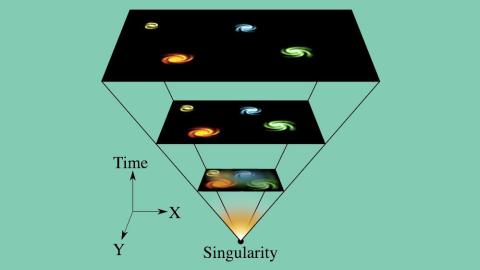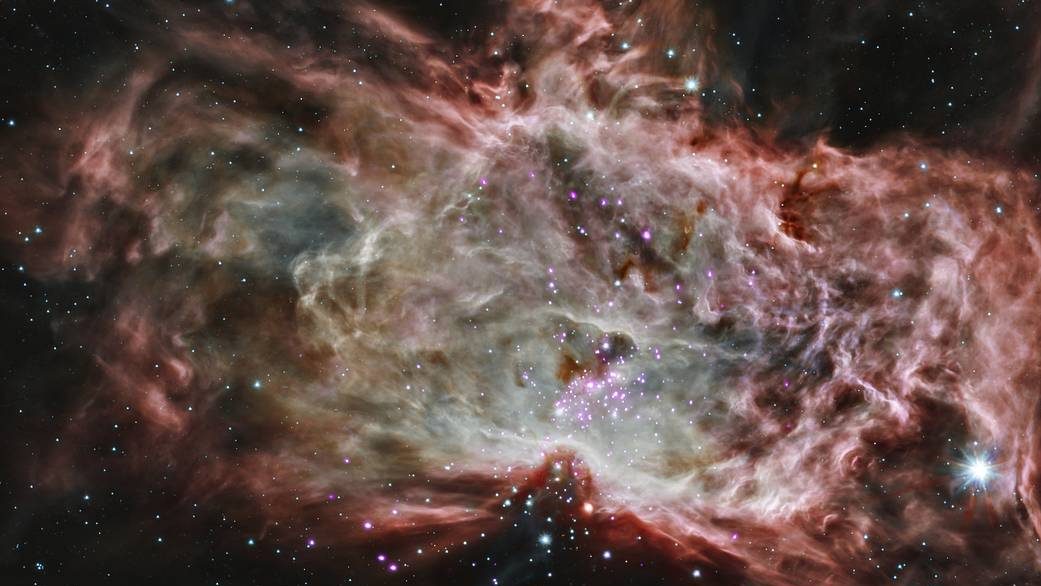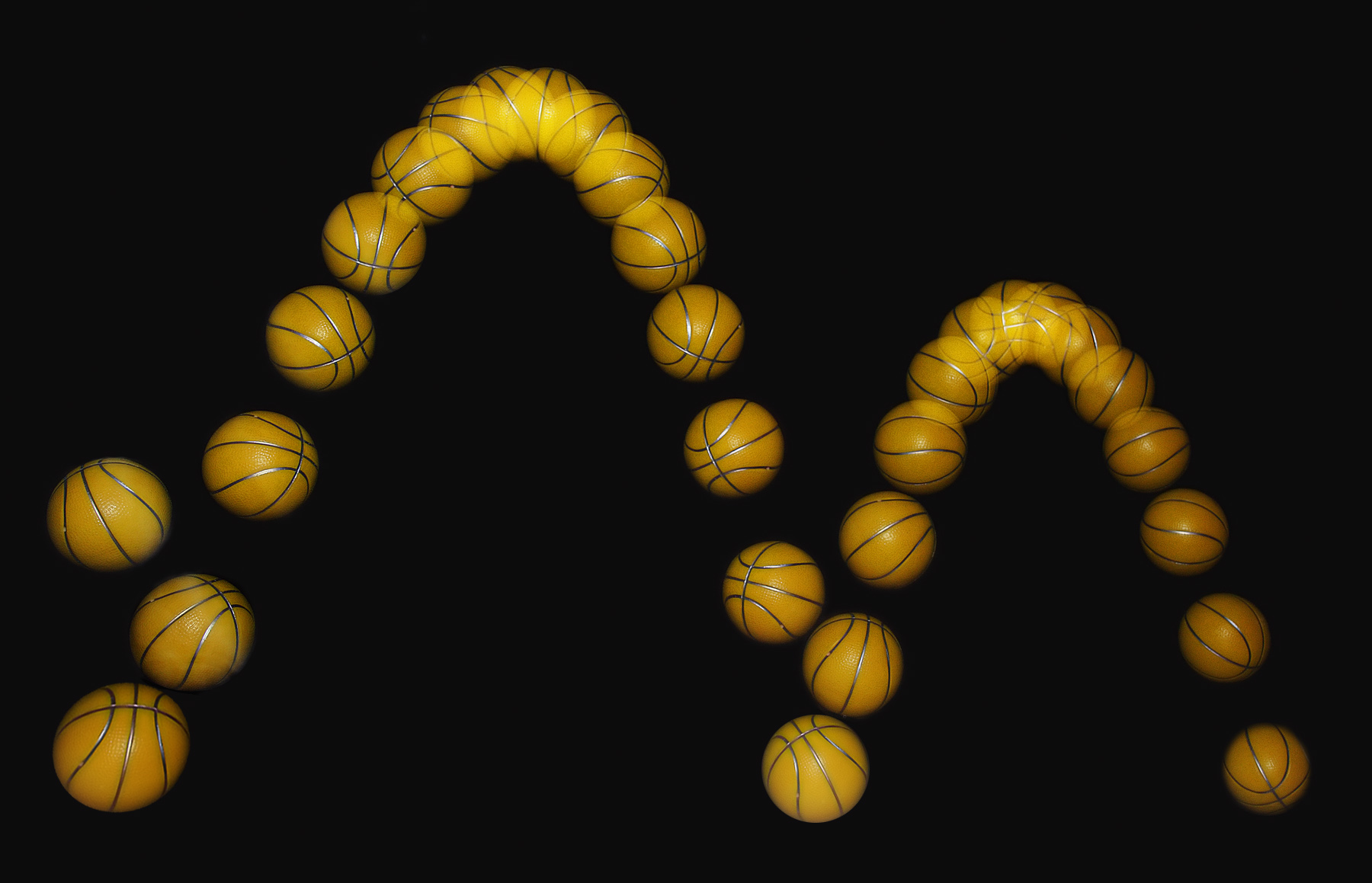The Big Freeze: How the universe will end

Credit: Wikimedia / Public domain
The most widely accepted theory is that the universe will eventually come to an end. It will most likely do so trillions of years from now, when the entire span of the cosmos is empty and just a notch above absolute zero. We sometimes refer to this fate as the “Big Freeze.”
Why, you ask? Out of respect for the law—specifically, the second law of thermodynamics, which tells us that total entropy (basically, chaos) in the order of the universe always increases. The second law of thermodynamics is one of the supreme laws in all of physics. If a scientist proposes a theory that violates it, he’s in big trouble!
Chaos and disorder: doesn’t that suggest a particularly violent end, rather than a big chill? Well, entropy doesn’t necessarily refer to dramatic destruction; it’s more about how stuff just tends to fall apart. Think about food sitting on your kitchen counter or in your refrigerator for an extended period of time: it will eventually rot. Or your car, which will begin to rust, decreasing its original strength. The example you’re most familiar with is the way your body undergoes decline as it ages. Your vision and hearing get worse; you’re not as strong as you used to be; your hair thins; you start to see wrinkles; and eventually your bodily processes begin to shut down.
Entropy is unique because it’s the only quantity in the physical sciences that indicates a particular direction for time (the “arrow of time”). It tells us that there is no hitting the rewind button to the beginning of the universe.
So the galaxies of the universe will eventually disintegrate, dead dwarf stars will drift away into the darkness along with the halts of neutron stars, and everywhere there will be black holes. There are an estimated 70 sextillion stars in the visible universe, organized in billions upon billions of galaxies. To put things in perspective, that’s 70 thousand million, or 7 followed by 22 zeros, and about 10 times as many stars as grains of sand on all the world’s beaches and deserts. A number so large, it’s almost impossible for us even to imagine.
Right now, we are in the Stelliferous age of the universe: the period in the life of the universe when there are still stars. Yet when the entire age of the universe is taken into consideration, it turns out that stars burn brightly only for a very short time. A trillion years from today, almost all the stars will have burned up all their nuclear fuel. A trillion years after that, even the black holes will have disintegrated; after that, even the protons themselves will begin to decay. The universe will then become a freezing mist of electrons and eventually approach absolute zero. At this point all motion stops…and that’s the Big Freeze.
Maybe we will be able to leave the universe before it gets too cold… You can watch a video clip of my Big Think interview (How to Escape to a Parallel Universe) which was recently voted one of Big Think’s top ten videos of the first 100 days of 2010.




